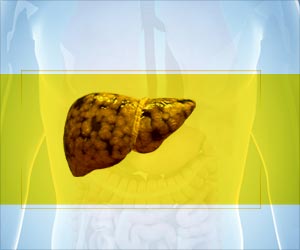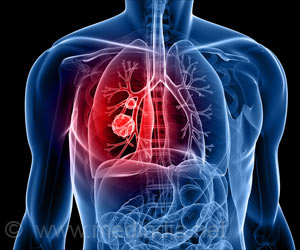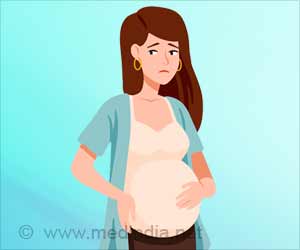Hyperkyphosis - extreme forward curvature of the upper spine - may be heritable, or passed on from parents to offspring, revealed a new study.

‘Hyperkyphosis - extreme forward curvature of the upper spine - may be heritable, or passed on from parents to offspring, revealed a new study.’





Lisa Samelson, senior investigator for the study, and associate scientist at IFAR and assistant professor at Harvard Medical School and her team used computed tomography (CT) images to evaluate thoracic spine curvature, muscle size, and other spine traits in more than 2,000 older adults. Data for the research was collected in two generations of families enrolled in the Framingham Heart Study. Michelle Yau, a post-doctoral research fellow at IFAR and lead author of the study, added, "Our study is important because it advances our understanding of hyperkyphosis in two ways. First, we found evidence of a strong influence of heredity on hyperkyphosis. Heritability was 54% which suggests that more than half the variation in thoracic spine curvature may be under genetic control. Second, we found that the genetic determinants of hyperkyphosis may also be responsible for bone and muscle loss of the spine that occurs with aging."
Hyperkyphosis can cause disfigurement as well as difficulties with breathing, walking, and carrying out activities of daily life. By quantifying the contribution of genetic factors to development of excessive forward curvature in older adults, this study provides important new insight into the etiology of hyperkyphosis that may help inform prevention efforts in the future.
Source-Eurekalert












